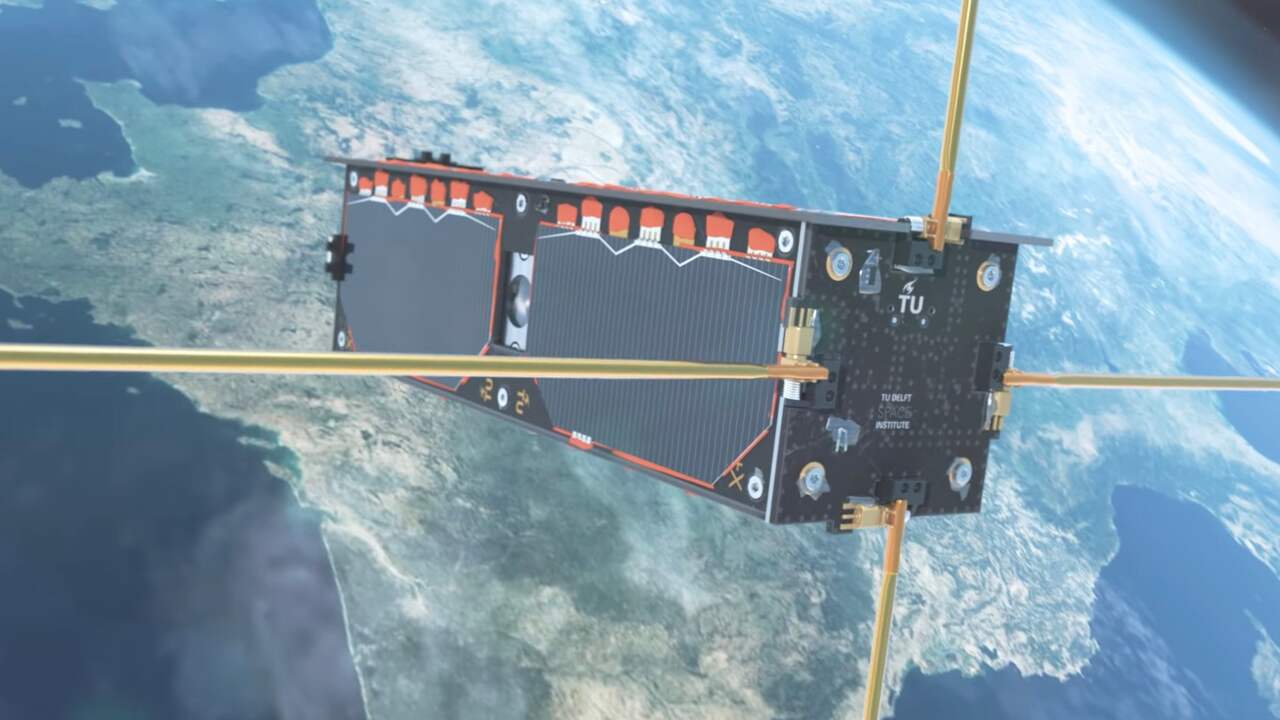Space company SpaceX has a mini satellite .on Thursday Tu Delft taken to outer space. The satellite was one of 105 small satellites launched aboard a Falcon 9 rocket.
The Delft satellite is called DelfiPQ and, according to its makers, it is one of the smallest satellites in the world, measuring 5 by 5 by 18 centimeters. Artificial satellites must demonstrate that technology can also function on a small scale in space.
According to researcher Sevket Uludag, all systems on board, such as antennas, altimeters and power supplies, are smaller than those of a regular satellite. “Therefore, we had to build everything ourselves: from printed circuit boards to micropropulsion systems, and from reflectors to communication systems.”
Not only must it be checked whether the satellite is indeed working properly, but also whether such a small satellite can be distinguished from space debris from Earth.
According to TU Delft, the advantage of mini satellites over traditional satellites is that they can take measurements together in a swarm, which large satellites cannot. “Swarms like that are ideal for Earth observations, including for mapping climate change,” said Stefano Speretta, assistant professor of Space Systems Engineering. Mini satellites could also be used in the future to set up wireless broadband connections.
DelfiPQ is the third satellite that TU Delft will take into space. The first was launched in 2008: DelfiC3. DelfiN3xt followed in 2013. “Whether DelfiPQ also comes alive in space is more interesting than with the other two,” said assistant professor and project leader Allessandra Menicucci. “The odds are eight times less than that of his brothers. And they’re no bigger than a box of milk.”

“Coffee trailblazer. Analyst. General music geek. Bacon maven. Devoted organizer. Incurable internet ninja. Entrepreneur.”







